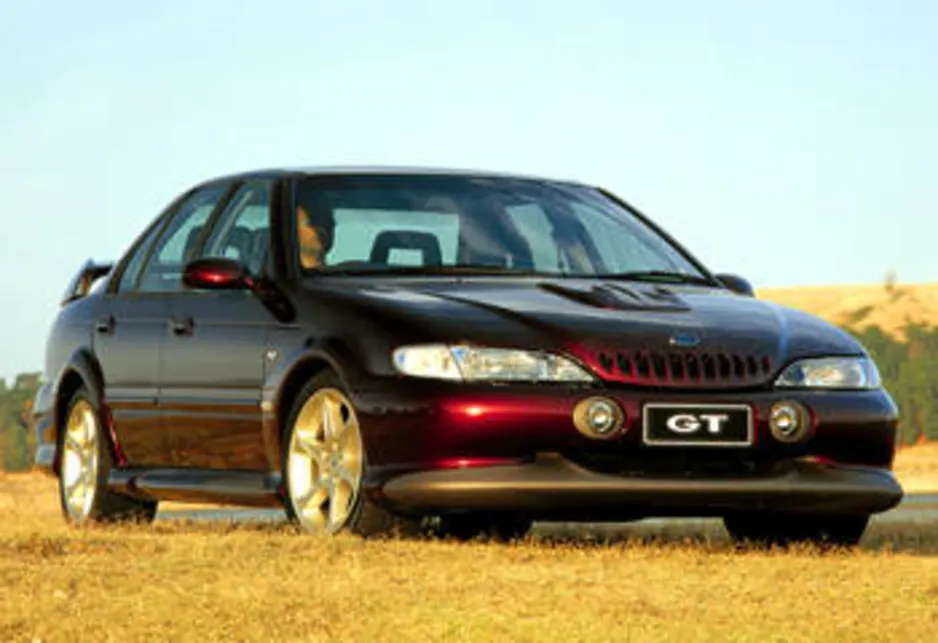You mentioned catching grief for the FG-X Falcon XR8 being a fancy Taurus. Is it FWD or RWD? I thought all Aussie Falcons were RWD and on a unique platform or one derived from the Mustang.
Every Taurus I've known in the US has been FWD and the last gen offered AWD in some trims, but it was still a FWD-biased system.
You are correct, the Falcon remained RWD till it was retired in late 2016. The taunting was from a rather narrow-minded person, completely un-aware of the world outside of what he knew. That was one of the drivers of this thread, a lot of people don’t know about these cars outside of Australia or the roles they played in peoples lives.
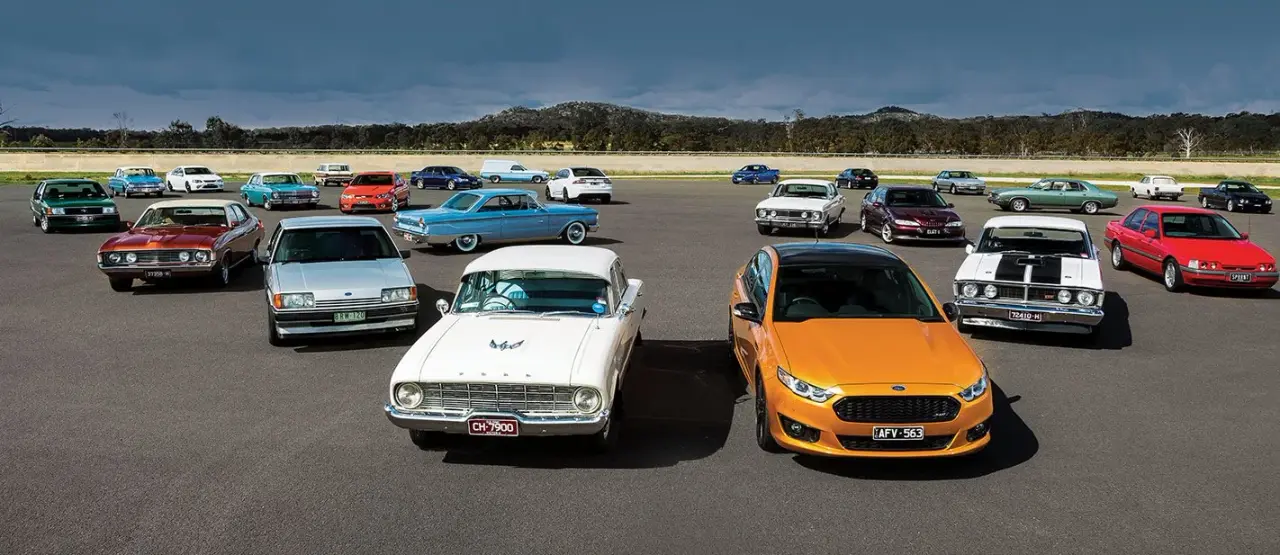
The Falcon launched in Australia in 1960 as a response to the “Holden”. In those days, Holden was not a complete brand until later in the 60’s. Up until then, the Holden was a model made by GM, offered in sedan, wagon, delivery van and ute. Ford’s response was to sell a similarly sized range of cars to compete. The result was the Falcon.
XK Falcon sedan (I have seen this very car, build number 1 which is owned by Ford to the day) -

The earliest Australian Falcon’s were based the US version. These cars were very problematic, lacking the durability needed to sustain Australia’s rough, unpaved roads of the time. Think blown out shocks and shattered ball joints. The US Ford executive simply couldn’t believe these durability concerns until a visit from senior Ford US executives, the local division was granted funds for a proving ground almost immediately. From then on, the durability of the cars improved with the XL, XM and XP models, and buyers started to return. The ultimate display of Ford Australia’s confidence in the product was the 70,000 mile durability run, held in front of the media for ultimate effect.
Ford Falcon 70,000 mile durability run Pt 1.wmv - YouTube
Ford Falcon 70,000 mile durability run Pt 2.wmv - YouTube



That stunt was not popular amongst senior management, but it worked!
The next generation was the XR model. This was called the “Mustang Bred Falcon” owing to the fact the Falcon and new Mustang shared platforms. This was the ONLY time the two would share a platform. This model introduced the V8 to the Falcon and to the Australian masses. The following XT, XW and XY Falcon’s cemented the Falcon in Aussie folk law. This generation spawned the Falcon GT, the basic blueprint for EVERY Aussie performance car since……..a powerful V8, RWD, manual gearbox and cosmetic additions made these cars the most desirable cars on the market. Think of them as the GT350 to the basic Mustang with an inline 6.
XR GT, the original -

XY GT-HO Phase III, probably the most famous Australia muscle car -

When the Falcon was discontinued in the US, Ford Australia decided to go it alone and keep the model name for a following generation. The XA, XB and XC Falcon’s were the first Australian designed Falcon’s, the hardtop coupe was the crowning glory of that work. From this point onwards, Falcon’s were unique to Australia. They shared the previous XR-XY models platform and engine line up with minor revisions. In 1976, instead of choking their engines like Holden did to meet new emissions standards, Ford redesigned the cylinder head of the inline 6 to be a cross-flow design. This is another point where Ford Australia created further difference from it’s US origins. (I will do a separate post on the Aussie Ford Inline 6 as it another story entirely.)
XA GT -

XC Cobra Hardtop -

With fuel consumption being an increasingly important factor, Ford made sure they maintained the size of the Falcon while improving fuel economy for the next generation of Falcon’s. The XD Falcon launched in 1979 with a full sized car with the economy of a medium rival. It’s important to note here that while the original Falcon’s were considered “compacts”, from XA onwards, these were most definitely LARGE cars designed for growing families. The XD made extensive use of plastics, quite unique at the time, in fact it was the first car in the world with a plastic fuel tank. Ford would go on to lead the market with the following XE and XF Falcon’s owing to their strategy of remaining with the large size. During this period, the locally made Cleveland V8 that powered many Falcon’s was retired (a massive tactical error) and the inline 6 again further refined with an alloy head made by Honda and fuel injection. The XE sedans also did away with the leaf sprung rear axle for a watts link live axle with coil.
XD Falcon -

XF Falcon -

During that period, Ford were exploring the possibility of making the next generation FWD. Thankfully, that didn’t happen. The result was the EA model, claimed at the time the most Australian car on the market. Once again, the platform was modified to bring it up to speed. For the first time since the 60’s, the Falcon would get a new front suspension design and a new engine bay pressings to facilitate those changes. The live axle with either coils (sedans) and leaves (ute/van/wagon) remained. The inline 6 got it’s biggest overhaul in it’s history, a new block casting and new SOHC cylinder head distinguished it from the OHV engine it replaced. And yet it could still trace it’s roots back to the original 144 ci version from 1960.
I think you can see at this point, Ford Australia were operating on a tight budget, each new model was an evolution rather than revolution to save on development cost.
EA Falcon -

The EA Falcon was a dog though. Like Holden, Falcon’s made during this era were very badly made. Poor quality control and a lack of development really showed on these cars. Once again, Ford set it’s sights on improving and evolving the Falcon return to it’s reliable reputation. Following revisions through EB, ED, EF and finally EL were much better cars. The V8 returned for the EB model, a 5.0 Windsor. It’s during this time Ford, via a joint venture with Tickford, would start to make performance models again. The GT returned for two special anniversary editions and the XR6 and XR8 would become a staple of the range.
EB Falcon GT -

EF Falcon -

EL Falcon XR8 -
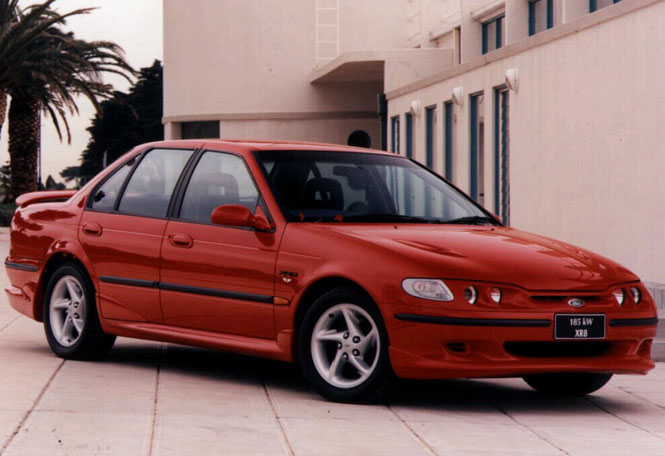
Then they went and screwed it all up............in the eyes of many at least.
The next generation Falcon was in the planning for years. The Australian development team were being urged by their US counterparts to again consider a FWD platform and a V6 engine. At the time, the only suitable large FWD platform was too small and had an engine with none of the low end torque Australian buyers loved. In the end, the Aussies won the argument, and once again, the Flacon platform was evolved. For the first time, independent rear suspension was offered, a closely related design that would feature in the Lincoln LS and Jaguar S-Type. Most models still had the live rear axle, the argument being these were ideally suited to towing, something that many Aussies did with their Holdens and Fords. OF course, it was also vastly cheaper to build live axles than complicated double A-arm IRS’s. The front suspension was also revised, now being a true double A arm setup. The suspension design was a huge point of difference to the Holdens of the time, as was the steering. These were the best Falcon’s to drive, ever and since in my opinion. The inline 6 was also updated again with several key changes to improve refinement and some models even gained VCT for added power. There was also a new floor pan pressing. BUT………
The AU Falcon was the most controversially designed Australian cars EVER. The idea was to mimic the then Ford international “New Edge” styling language. But somehow, they seemed to screw it up. Most hated its droopy curves and ugly grills. I personally loved it, they had character in a see of same-same jelly bean styled cars. The AU nearly killed the Falcon but the response to it brought us the vaunted BA Falcon.



The BA Falcon was a HEAVILY restyled evolution of the AU………….only the doors were carry over. The front and rear wind shields were new and even the roof was changed to much expense. Ford went 100% into the BA to make it a no excuses model. The Windsor V8 made way for the newer modular 5.4 V8’s, in both 3V and uniquely Australian 4V formats. The inline 6 gained a new DOHC cylinder head and so became the legend that is the Barra, the turbo version especially. The interior was all new as well. Once again, the GT returned, this time as a full time model to help support the XR6’s and XR8. Ford goal with the BA was to get buyers passionate about the Falcon again, with the new engines, improved styling and wild color palate, they succeeded. The BA turned into the BF, a further revision of various components, mainly for fuel economy. By this stage, buyers were starting to flock to SUV’s.
BA Falcon -
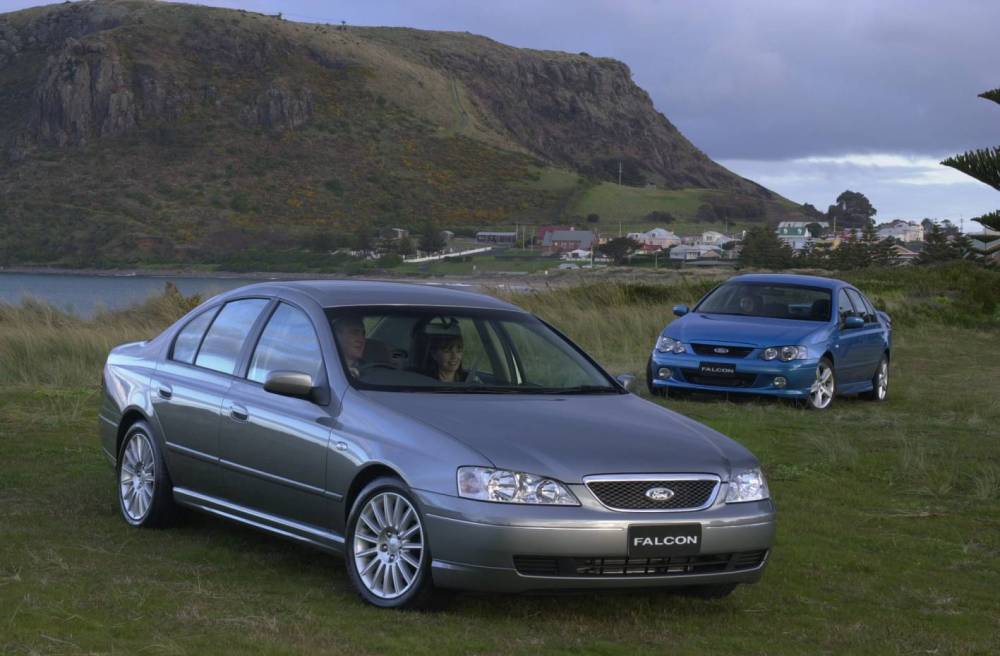
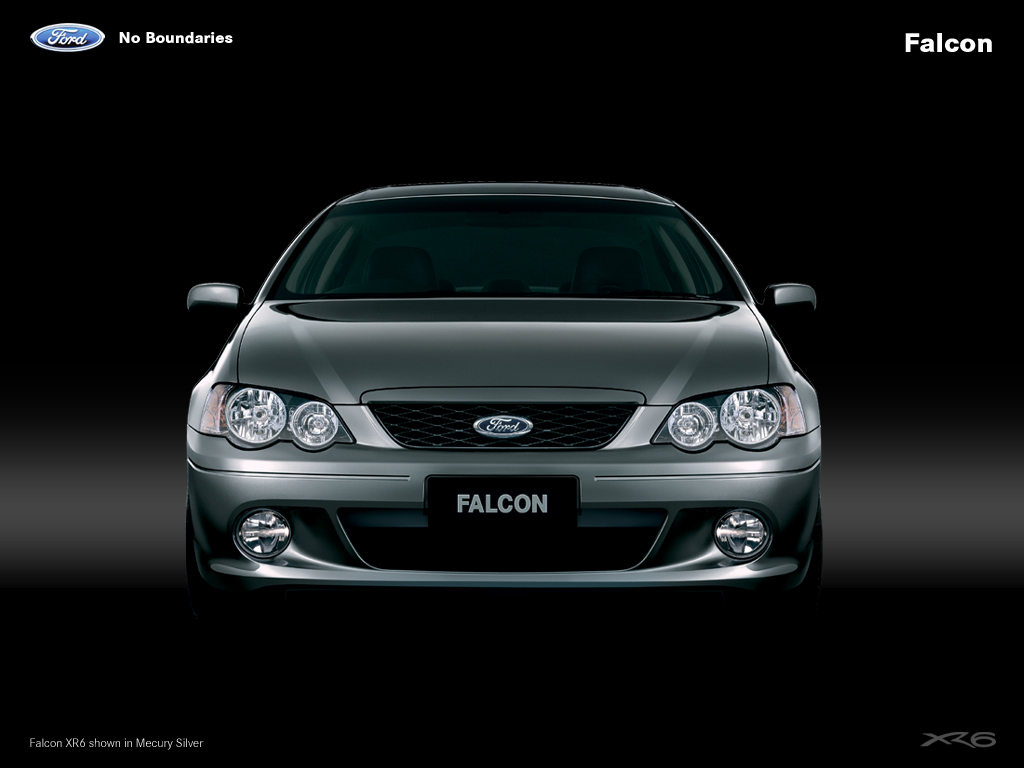
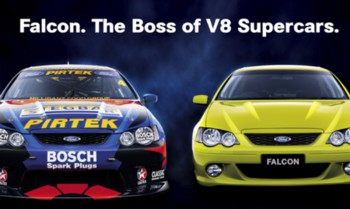
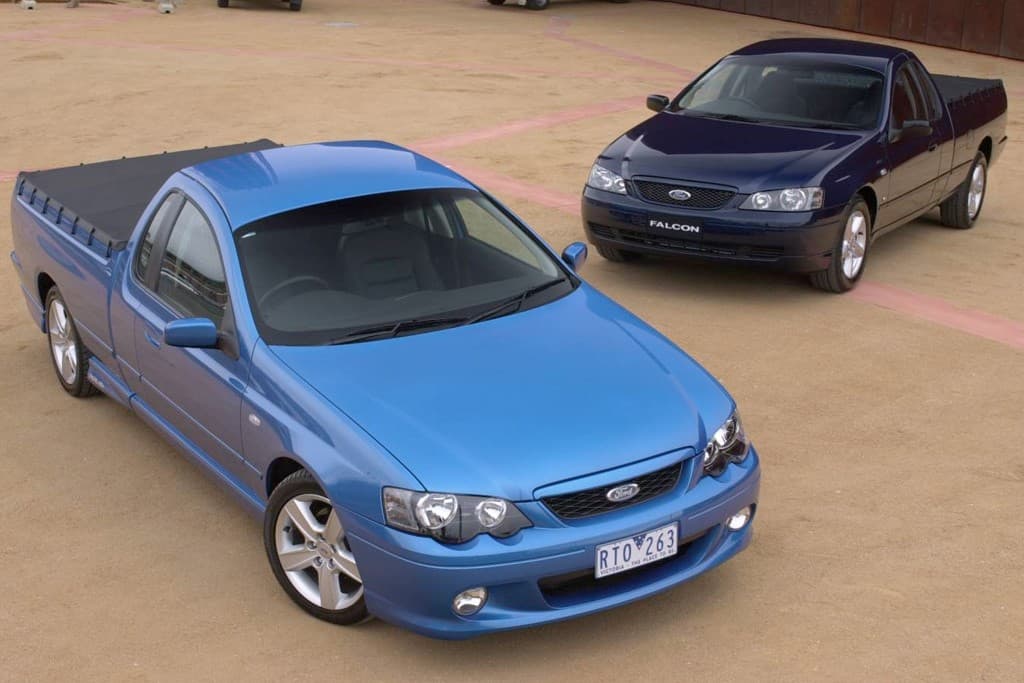
BF FPV models -


The response was the FG Falcon, launched in 2008. The was a complete re-skin of the BA’s basic platform and engine line-up. This was a great car but ultimately lacked the new-ness of the then benchmark VE Commodore. Sadly, buyers didn’t gravitate to the Falcon like they once did. Sales began to drop to the point where they had to park cars on grass on the outskirts of the factory. This was the tipping point really. While the announcement to shut down local factories was made in mid 2013, the decision was likely made around 2009-2010. Any further developments from here on were minor at best, Ford did not see the point in improving a model on death row. The FG MK II would see the end of the GT and V8 powered utes.
FG Falcon -



The final Falcon GT -


The final evolution of this Australian stalwart was the FG-X released in 2014. The X stood for final. The lights, hood, trunk lid and bumpers were changed to create a new look, not dissimilar to the Taurus mentioned earlier. It also had a touch of Mustang in the grill design, both would sell side-by-side in the same showrooms for about 12 months. Virtually everything else carried over. This final model was more for the fans rather than any attempt to make money. I will go further into the FG and FG-X models in a later post.
The very last Falcon’s were further aimed at the enthusiasts. These Sprint models of the XR6 Turbo and XR8 featured styling changes, suspension revisions and more power. Each car was numbered. They are worth big money these days.


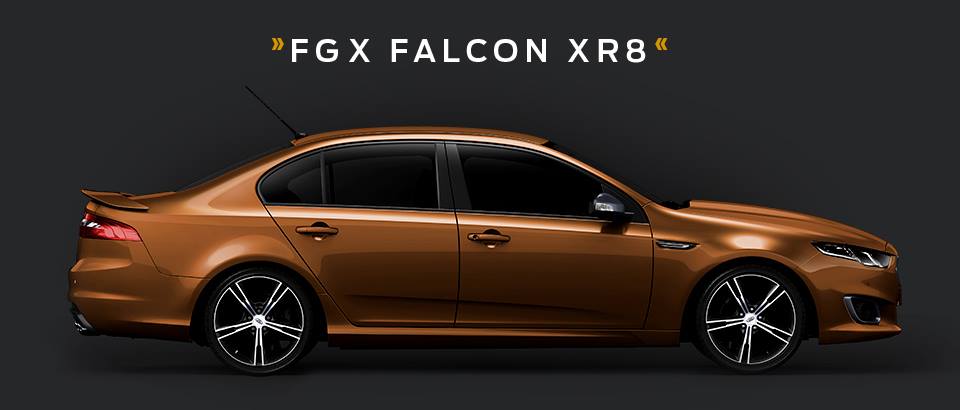
FG-X Sprint's -

In October 2016, the factory made it’s last car, a blue XR6 sedan, and the lights turned out for good on both the Falcon and the local assembly of Ford cars. The Falcon was a do it all, they were family cars, fleet cars, government cars, taxis, rentals, luxury cars and performance cars to generations of Australians. The Falcon nameplate was one of the longest continuous running model in the automotive world, being 56 when it was laid to rest. They were never meant to be anything special, just a good car for a good price. However, their story and significance for Australian society can’t be ignored.




This videos are worth a look -
https://www.youtube.com/watch?v=hHUR2VqRhaw
https://www.youtube.com/watch?v=GMtdTl6sO5o
Some backstory to the whole Falcon GT thing –
https://www.youtube.com/watch?v=sOQd1vT794s





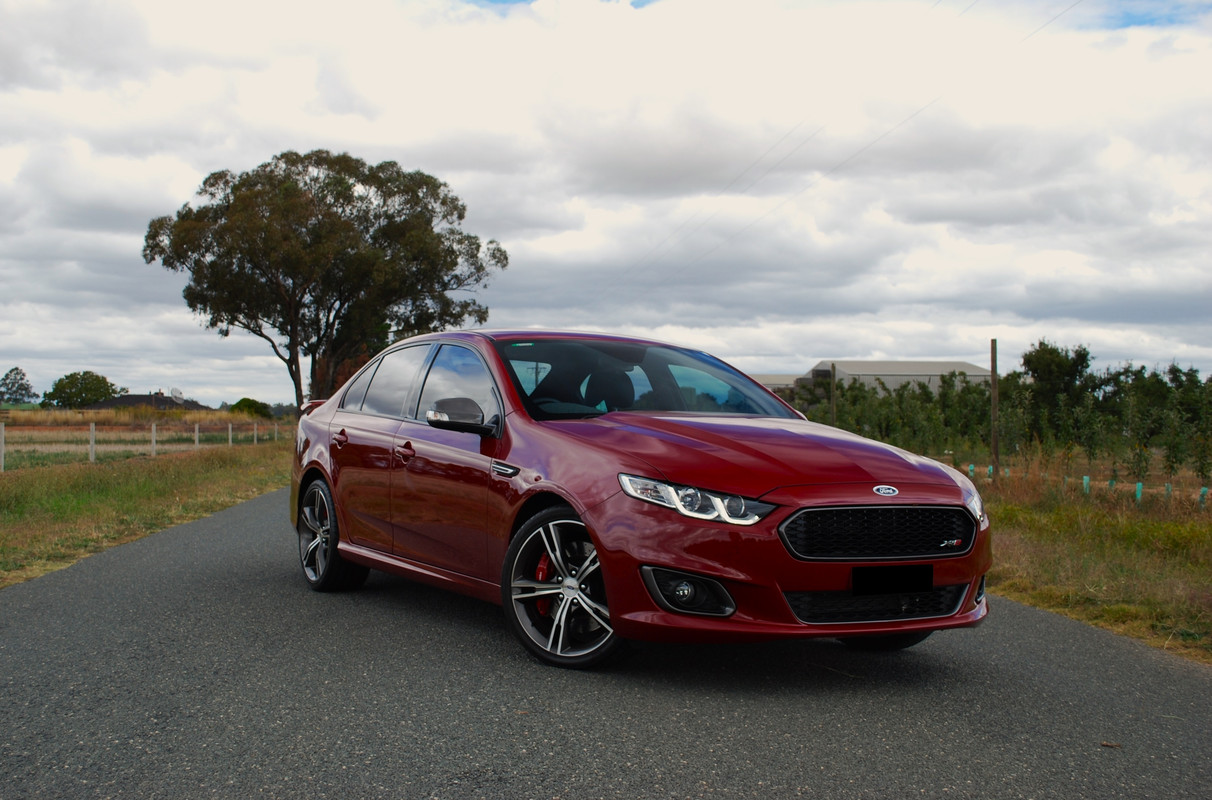


















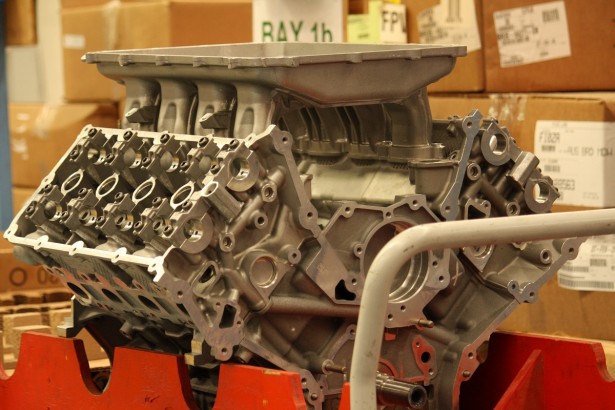
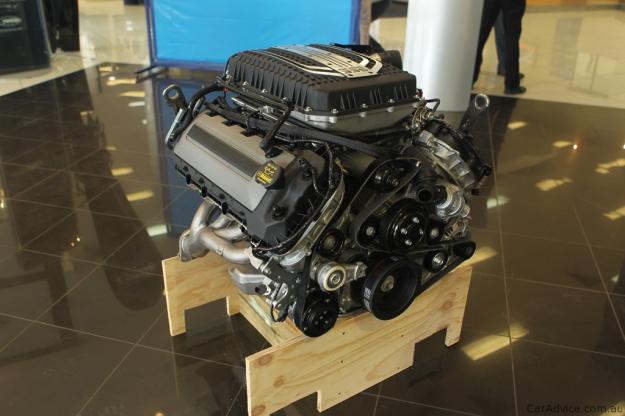
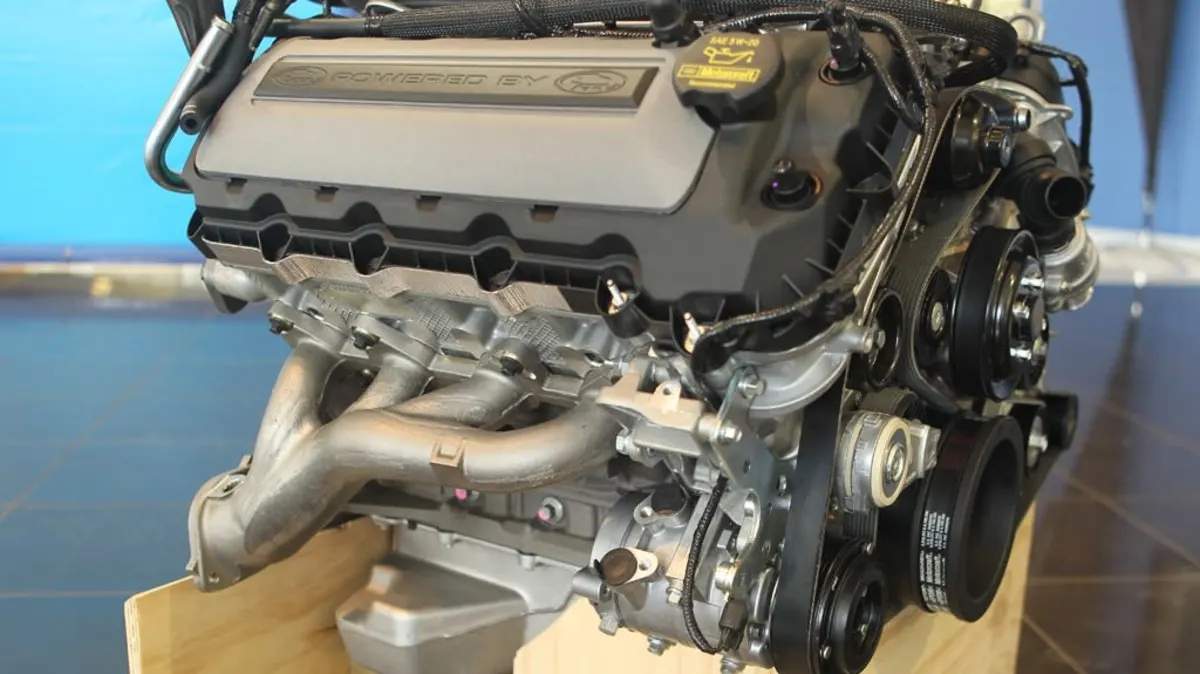
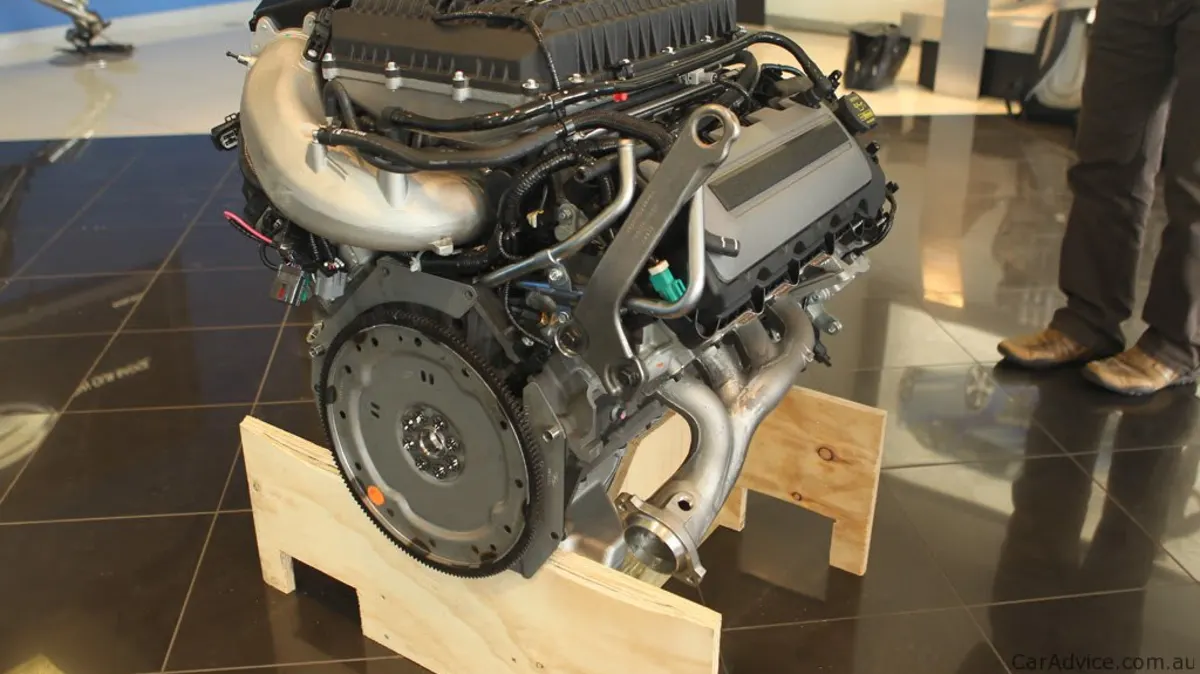

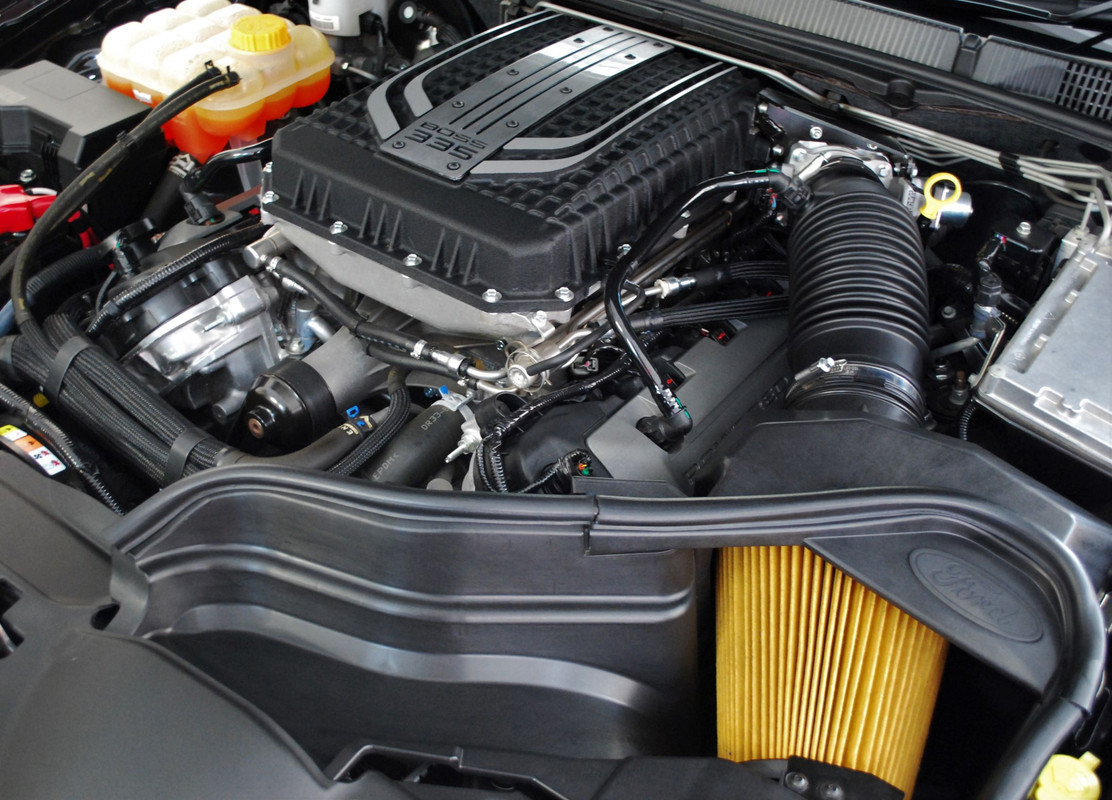


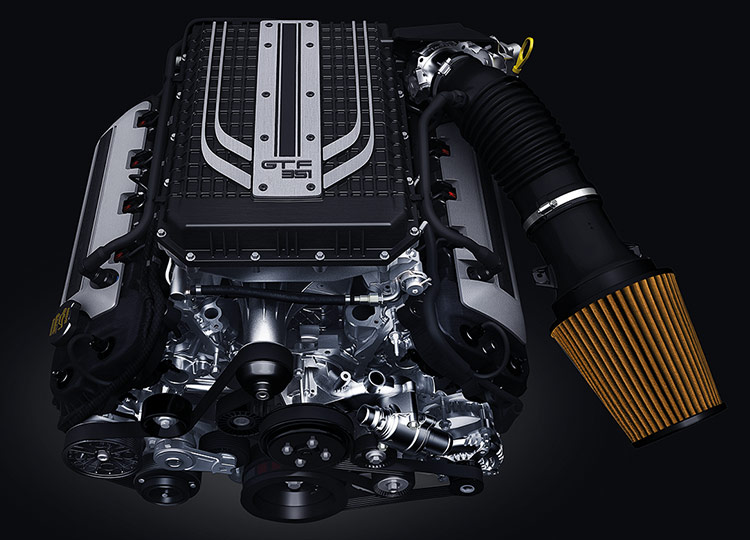













































 These are certainly rare, I bet all the owners know each other even!
These are certainly rare, I bet all the owners know each other even! ️
️
